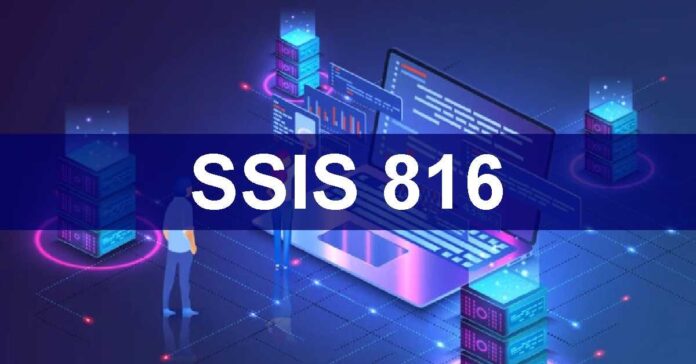SQL Server Integration Services (SSIS) has long been a staple for database professionals and information integration specialists. With the release of SSIS 816, Microsoft has added a range of latest capabilities and upgrades that beautify its abilities in information integration and transformation.
Understanding SSIS 816: An Overview:
Before diving into the specifics, it is vital to apprehend what SSIS 816 brings to the desk. This version consists of improved overall performance features, new connectors, and improved usability, making it an effective tool for records migration, ETL strategies, and data warehousing.
1. Setting Up Your SSIS 816 Environment
The first step in making use of SSIS 816 is setting up your environment. This entails putting in this package deal, configuring your SQL Server database, and making sure that all important components and drivers are in location. It’s important to confirm that your system meets the necessities to run efficiently.
2. Designing Your Data Integration Workflow
Designing a statistics integration workflow is more intuitive. This section will manual you through creating an SSIS mission, defining facts assets and destinations, and putting in place facts float responsibilities. Emphasis is located on the brand new layout functions in SSIS 816 that simplify and boost up the workflow layout process.
3. Advanced Data Transformation Techniques
SSIS 816 gives advanced statistics transformation talents. This part of the item delves into techniques like conditional split, records conversion, and the usage of derived columns. It also covers the way to use the brand new transformation additives added for complicated statistics situations.
4. Error Handling and Debugging
Effective error dealing with and debugging are critical for any facts integration procedure. Making it less complicated to become aware of and remedy troubles. This section explains a way to use the integrated debugging tools and the way to set up errors managing mechanisms on your SSIS applications.
5. Performance Optimization in SSIS 816
Optimizing the overall performance of your SSIS packages is essential. At this includes new functions and improvements that decorate performance. This part covers pleasant practices for optimizing records flows, coping with reminiscence utilization, and configuring package properties for optimum efficiency.
6. Securing Your Data Integration Process
This phase discusses a way to stable your statistics integration manner, such as putting in place bundle protection, encrypting sensitive records, and the use of the brand new safety capabilities in SSIS 816 to make sure that your information stays covered for the duration of the combination technique.
7. Deploying and Managing SSIS Packages
Once your SSIS programs are equipped, the next step is deployment and management. This segment courses you via deploying programs to the SSIS catalog, scheduling package execution, and tracking bundle overall performance. It also explores new deployment features in SSIS 816.
Conclusion:
Its offers a robust and versatile platform for efficient statistics integration. By following the recommendations and best practices outlined in this article, customers can harness the total potential of that to streamline their fact integration methods, beautify performance, and ensure records accuracy and security.
Final Thoughts:
As data integration becomes increasingly complex and vital in the ultra-modern records-pushed world, SSIS 816 stands as a pivotal device in any information expert’s arsenal. Embracing its new functions and abilties can significantly improve the performance and effectiveness of your facts integration strategies.
